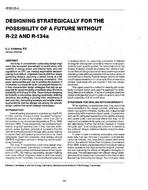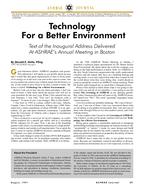A numerical study of the effects of night insulation and low-emissivity coatings for double glazed windows on energy consumption and comfort is presented. A frequency domain method is employed. Results of simulation and parametric analysis are given for clear and cloudy days; results are compared with measured data for one room and good agreement is obtained. It was found that, when the window area is large (cog., 20% of floor area), there is strong coupling between the conservation and comfort aspects of passive solar design. For example, night insulation significantly raises the minimum mean radiant room temperature. Also, a low-emissivity coating on the room-side of a double-glazed window may achieve energy savings close to those obtained when the coating is on the gap-side, provided that a lower thermostat setpoint is used so that the reduction in the room air temperature is compensated for by theimproved radiant environment, particularly near the window. Night insulation performs better than low-emissivity coatings on sunny days (with mean ambient temperature of -10°C).
Units: SI
Citation: ASHRAE Transactions, 1987, vol. 93, pt. 1, New York, NY
Product Details
- Published:
- 1987
- Number of Pages:
- 16
- File Size:
- 1 file , 1.1 MB
- Product Code(s):
- D-NY-87-3031


